Europe
Europe
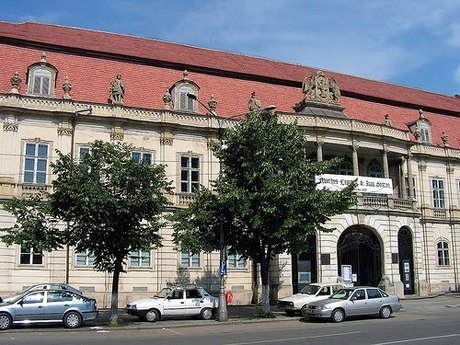
Lying on the eastern side of Market Unification, Banfii Palace was built between 1744 and 1785 by the governor of Transylvania from that time - Banaffi Gyorgy. Palace plans belong to the Austrian architect Blaumann Gerhardt and is considered to be the most representative building in Baroque style in Transylvania. The building houses Art Museum collection since 1951 - valuable paintings, sculpture and graphic belonging to famous Romanian and foreigner artists. The museum is opened Tuesday to Sunday between 12 and 19 hours.
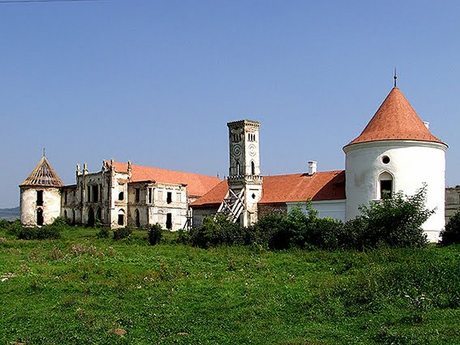
Bánffy Castle (or Bonţida Bánffy Castle) is an architectonic Baroque monument situated in Bonţida (Bonchida / Bruck), a village in the vicinity of Cluj-Napoca, Romania. It was owned by the Bánffy family, and sometimes also called "The Versailles of Transylvania". The today owner is Katalin Bánffy.
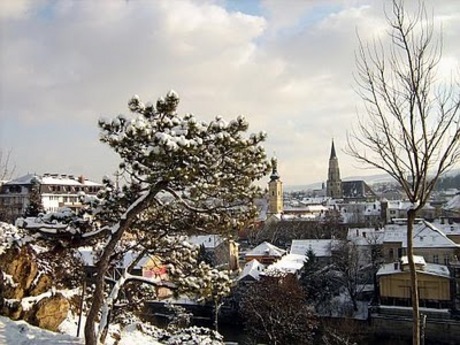
Fortification built during the Habsburg period on the top of the hill with the same name, Cluj Citadel offers a beautiful panorama over the city. It is partly kept the old fortification, built between 1715 and 1735 with walls in the form of a star, a redoubt, a tower and some bastions which surrounded the citadel. Fortification was built primarily for the purpose of ensuring control over the city after Transylvania was under the Austrian domination, but was often used as a prison as well. The citadel is the oldest building of lay Baroque architecture in Transylvania.
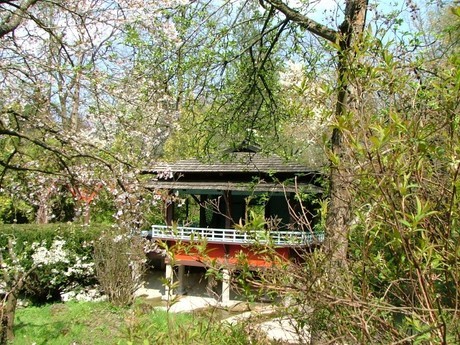
The Cluj-Napoca Botanical Garden, officially Alexandru Borza Cluj-Napoca University Botanic Garden (Romanian: Grădina Botanică Alexandru Borza a Universităţii Cluj-Napoca), is a botanical garden in Cluj-Napoca, Romania. It was founded in 1920 by Alexandru Borza.
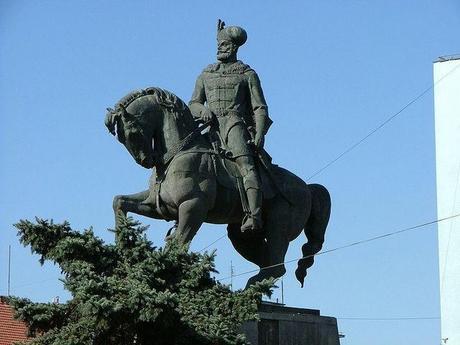
The Mihai Viteazul Square is dominated by the equestrian statue of Michael the Brave (Mihai Viteazul 1558-1601) and is bordered by a few former palaces of fine architecture, but contains as well elements of communist architecture.
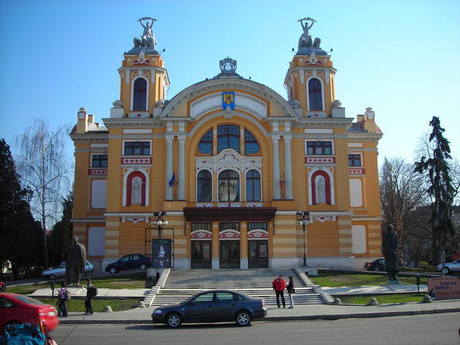
The Lucian Blaga National Theatre (Romanian: Teatrul Naţional Lucian Blaga) in Cluj-Napoca, Romania is one of the most prestigious theatrical institutions in Romania. The theatre shares the same building with the Romanian Opera.
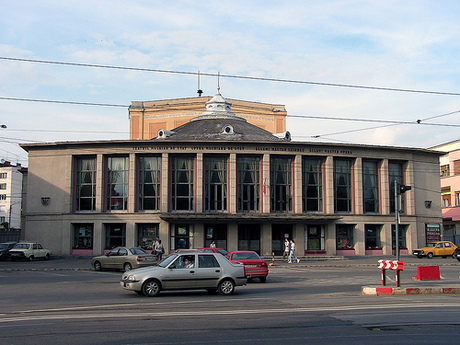
The Hungarian State Theatre and Opera House is among the most reputable cultural institutions of the Hungarians in Romania. The first theatrical representations in Cluj go back to 1792, when they were held in the Rhedey Palace. As a consequence of the cultural revival at the end of the XVIIIth century, the modern theatrical performances demanded an appropriate place. Inaugurated in 1821, the new building, which met the highest European standards, would make Cluj the capital city of the Hungarian performances. It also staged Shakespeare’s works for the first time and other valuable plays.
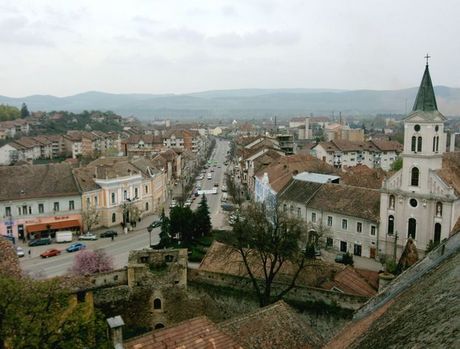
As a traveler who goes back in time, you can discover millenary history Turzii to step through the heart of town. Recently restored, the historical center preserves the full atmosphere of times past. The houses, museum, and churches all give life to Turda’s history. In the interwar period, Turda was famous for the diversity and flavor and culinary products. Terrace "Corso" the Viennese Otto Steper world was full of good eating and what terrible stories, small or large plots in the steam era of romance romance military band.
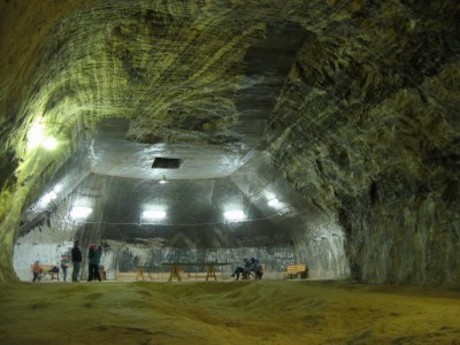
A day trip to Salina Turda (Turda Salt Mine) is a must for any visitor to Cluj-Napoca. One of the most important salt mines in Transylvania, Salina Turda has been known since ancient times, but was put into operation for underground mining work during the Roman period.
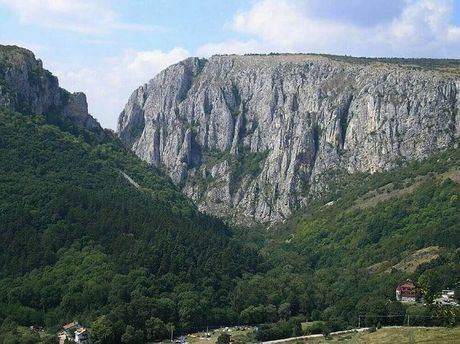
Cheile Turzii (Turda Gorges) is a natural reserve (on Hășdate River) situated 6 km west of Turda and about 15 km south-east of Cluj-Napoca, in Transylvania, Romania. The canyon, formed through the erosion of the jurasic calcar of the mountain, is 2 900 m long and the walls have hights reaching 300 m[1]. The total surface of the canyon is of 324 ha. Cheile Turzii contain one of the richest and most scenary karst landscapes in Romania. More than 1000 plant and animal species (some of them rare or endangered, like the wild garlic or some species of eagle) live here.
 1 2 3 4 5 6 7 8 9 10 11 12 13 14 15 1617 18 19 20 21 22 23 24 25 26 27 28 29 30 31 32 33 34 35 36 37 38 39 40 41 42 43 44 45 46
1 2 3 4 5 6 7 8 9 10 11 12 13 14 15 1617 18 19 20 21 22 23 24 25 26 27 28 29 30 31 32 33 34 35 36 37 38 39 40 41 42 43 44 45 46 
